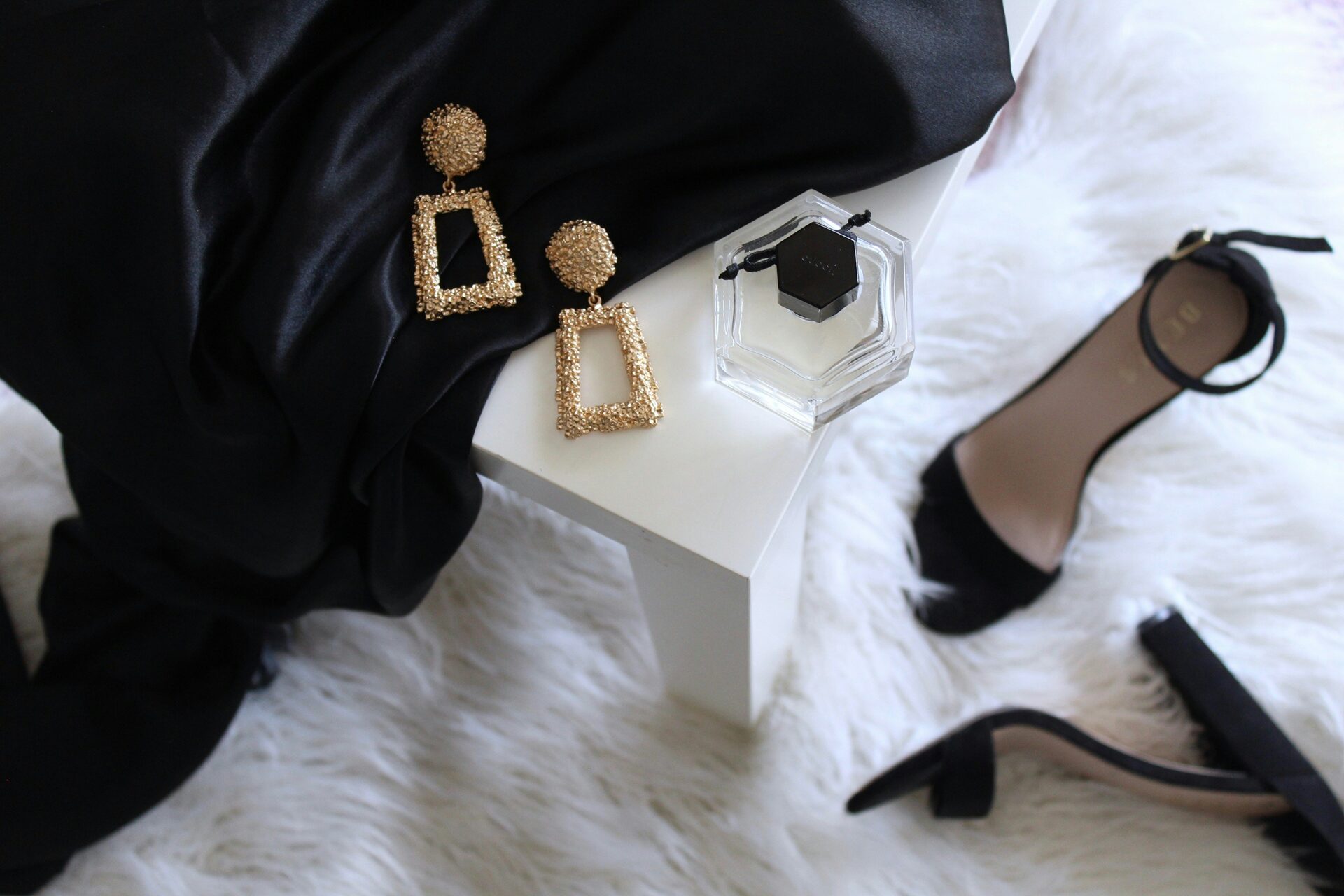
Bootleg products have always existed, but a key shift is that they’re now being embraced as a savvy choice.
This contrasts sharply with the stigma previously attached to dupes, when knockoffs were largely associated with secrecy—and perhaps even shame.
The reality is that dupe brands make high-end fashion trends accessible to those who, in most cases, can’t afford the real thing—appealing, is it not?
For those that can afford it:
Consider the views of the young luxury buyers, because they’re an audience with significant buying power ahead of them and plenty of time to shape their brand loyalties.
In Q1, we asked this segment about dupe purchase intent, and they weren’t entirely averse. In fact, 82% said they have purchased a dupe, and 8% said they purchase dupes regularly.
However, our most recent wave of research revealed attitudes that challenge this apparent enthusiasm.
We asked young luxury buyers what is important in determining which luxury fashion or accessory brands they choose to shop with. The top three factors:
The brand remains true to its values (60%)
Creativity and product innovation (60%)
The prestige of the brand (50%)
To break it down, authenticity and creativity are not typically associated with dupe brands. These qualities affluent consumers prize—originality, exclusivity, and craftsmanship—are what distinguish true luxury from the world of copycat products.
In response to the same question, 1 in 10 said “the brand’s designs are copied by other brands”.
There are a couple of ways to interpret this. One is that these consumers don’t want their purchase devalued by the existence of a dupe. Another is that some simply avoid buying frequently duped brands, knowing they can get the same style—without the investment—elsewhere.
Either way, it seems 1 in 10 are put off by brands that are being replicated, even if they don’t buy dupes themselves.
Create experiences that delight customers
You can’t really do much about getting copied, so the key lies in doubling down on what dupes lack: creativity and authenticity – the very things our young affluent audience cite as important purchase drivers.
One option would be leveraging experience. Pop-up events, VIP access, and private showings are all strategies that provide engaging, direct experiences with the brand, ensuring customers feel valued and connected to the real deal. Indeed, another purchase driver was ‘the brand hosts VIP events’, with more than 1 in 10 young luxury buyers considering this important.
Quiet luxury
A slightly different way to dupe-proof is to tap into the rising trend of quiet luxury—an approach that emphasises understated elegance over flashy logos or excessive branding. Against the backdrop of brands being copied left and right, quiet luxury’s subtlety ensures that the value is in the product itself, not the attention in its demand.
Despite its name, quiet luxury speaks volumes. Brands that champion it make their designs synonymous with authenticity and exclusivity—qualities that dupes simply can’t replicate.
It will be interesting to check back in our Q1 2025 survey to see how dupe purchase intent has changed in a year. If you’d like to submit your own questions to the tracker, you can enquire with our wealth team here.
Until then, we’ll continue listening to their changing preferences – which is easy when it’s quiet.




